
How has typography contributed to the formation of the identity of Great Yarmouth?
The ghost signs dotted around the town are a historic reminder of how Great Yarmouth’s typographical history was born from creativity and uniqueness. This avoidance of industrialised letter setting continued through handmade tourism posters and performance merchandise in the early to the mid-19th century. With strong maritime and circus roots, the town has taken influence from many societal facets which have, today, culminated in an identity of mixed cultural heritage. My question seeks to establish how this desire for uniqueness has played a major role in the use of typography and how that, in turn, has contributed to the Town’s visual identity.
‘Place’ and ‘identity’ will be rigorously interrogated to provide discourse about what is meant by place-based identity. This will then give me sufficient tools to break down Great Yarmouth’s identity and provide a commentary on typography’s role in its formation.
I would like to apply my findings to a visual creation that is yet to be decided. I have started conversations about exhibitions, physical installations, and digital outcomes.
I hope that my research will, ultimately, provide a framework for other locations to research their own identities and to discover what makes them unique, different and stand out from the crowd.
30 Second Trailer
Presentation Text
Hello. My name is Gary and Great Yarmouth is my place. But how is a place defined and how is identity formed? Of course, place can be identified by various quantitative factors – Great Yarmouth has a population of approximately 100,000 people in addition to a thriving offshore sector, Great Yarmouth is still a well-known UK seaside resort – which is important to define boundaries. However, I am much more interested in the qualitative aspects, the feeling of a place and the way in which its identifying characteristics are created.
Tim Creswell, in his book, “Place – an introduction” defines place as a space which, “…we get to know and endow with value.” And that, “place doesn’t come out of factories as finished products” but instead is built over time through cultural practices. It is constantly being redefined as people, their actions, and the environment change.
For me, and many others, ‘place memory’ is an important contributory factor of place identity. Edward Casey wrote, “It is the stabilizing persistence of place as a container of experience that contributes so powerfully to its intrinsic memorability.” I grew up in London and visited Great Yarmouth as a tourist with my family. It will forever hold a romanticised ideology in my memories as a place of fun, excitement, and experience with those I love. Another, may, however, have experienced Yarmouth in a completely different way and therefore I am in the process of conducting primary research with a variety of people.
I have identified several key stakeholders who I will have a continued dialogue with about this project. They include; Darren Barker, the managing director of the local preservation trust, Lou Robson, Heritage Action Zone Project Officer, Asa Morrison, Chief Executive of Visit Great Yarmouth and Lauren Meiszner, a graphic designer working in the borough.
In addition to these professionals, I have also created a survey that I will share with the key stakeholders, their networks, and the public to fill in. This will provide me with vital qualitative data which will allow me to better understand other people’s perceptions of Yarmouth’s identity.
My current hypothesis is that the identity of a place is made up of several facets. Depending on which place you are looking at will determine how important each of these facets is. With my own experience of Great Yarmouth at the forefront, I believe that typography is one of its key features. It has been ingrained in its history, through signwriting (now ghost signs), performance, circus, maritime and tourism.
I am currently in the process of charting the use of typography throughout the borough and the stories that support the images found. My initial research has shown a continued desire to move away from the generative text, whether that be through hand-painted signage, tourism posters or bespoke neon signage for the amusements that line the Golden Mile, the text used has always had to be different and if possible, unique.
By researching Yarmouth’s typography and its connection to its continually developing identity, I hope to create a framework that allows for the deciphering of place-based identity. This knowledge can then be passed on to others looking into their own place’s identity.
Whilst mainly a research paper, I would like to include a visual outcome for my findings. This could be in the format of an exhibition, digital installation, typeface, data visualisation or designed zine. I like this unknown part of the project as it allows me to experiment with my findings in a way that tells the story in the most visually appealing way.
Thank you for listening. I will now take any questions you may have.
Presentation Slides
The Panel


Will Bindley
From Manchester. Graduate of Leeds College of Art (foundation), Bristol’s UWE & Rotterdam’s WDKA (BA) and the Royal College of Art (MA).
Currently designing at the V&A Museum and freelance; teaching at NUA; making art; publishing Tendencies Bulletin. Previously at Office of Craig.
Will’s Work
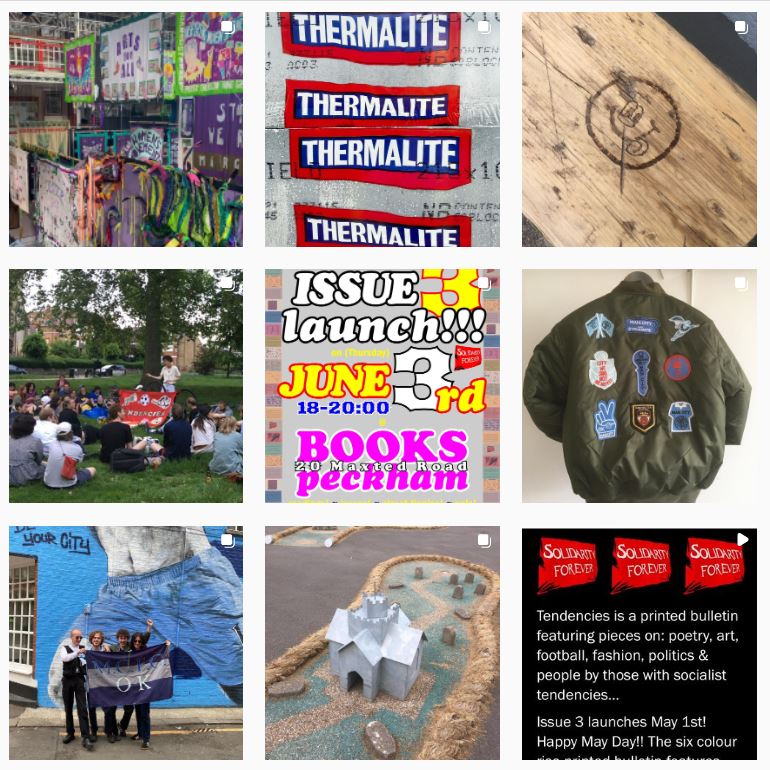
Feedback
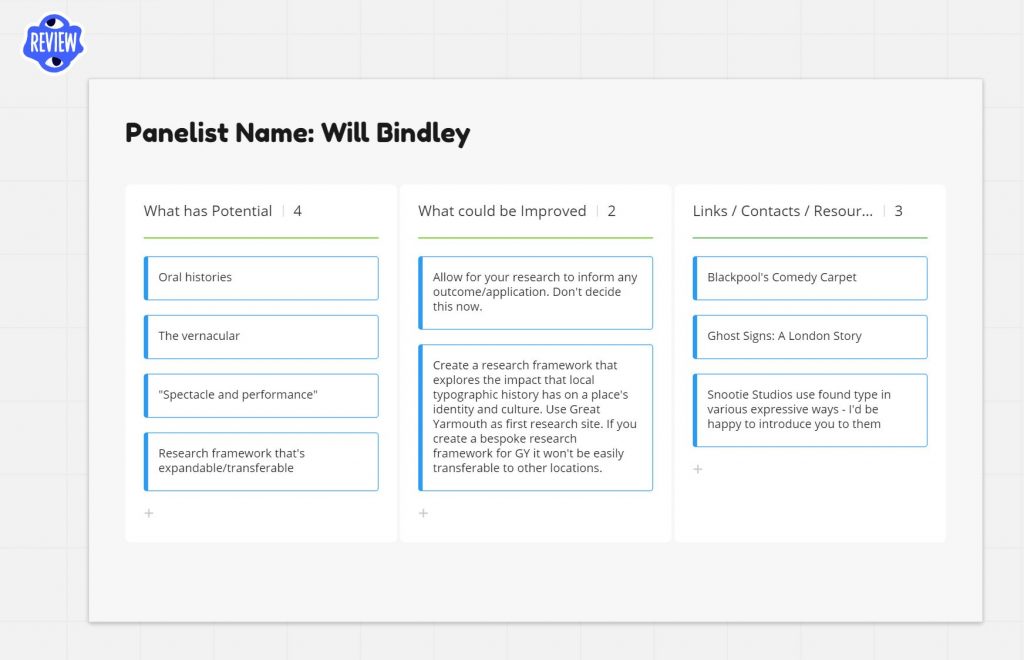
Will really enjoyed my presentation, and as a part-time lecturer from Norwich University of the Arts (NUA), he had knowledge of the place of Great Yarmouth. In fact, one of his modules encourages students to visit Great Yarmouth and create a brand that represents the place’s identity. My Junior Graphic Designer took part in this module when she was at the University and her visual response can be seen below.
1903 Beer
“At uni, we were set a brief to create an alcoholic brand based on a place. Great Yarmouth is home to the only purpose built circus still open in the UK. Built in 1903, this beer celebrates the acts and legacy which the building holds using locally produced barley and water”
Lauren Meiszner
Continued Feedback
It would be really interesting to continue this conversation with Will at a later date!
Will liked the idea of duality which was being considered as the responses to my surveys come in. He suggested a metaphor between ghost signs and people’s thoughts of Great Yarmouth – in that, a ghost sign was shiny and new at one point but has faded over time.
One of the questions Will wanted to clarify is whether this research paper would be bespoke and specific to Great Yarmouth or provide a framework for other places to interrogate their own identity. Honestly, not sure at this point! However, I will decide on this in the coming weeks before submitting my first draft of the critical report.
He also suggested I look at the work of Edward Ruscha:
Whilst I can see a link with the typography of Great Yarmouth, the Americanism of Rusha’s work feel misaligned with the aims of my research project. I will bear this in mind as the project develops.
Will’s final point was about redressing the issue of the audience – Who is this for and what will they get from reading this research paper?
Industry Peer Review Feedback
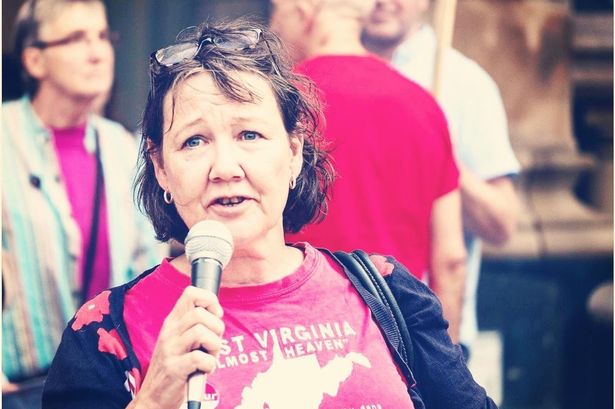
Heritage Action Zone project manager at Great Yarmouth Borough Council
I am currently studying for my Masters in Graphic Design and as part of my final module I am looking at the identity of Great Yarmouth. I am contacting you as I feel you can provide a valuable insight into this project.
My current hypothesis is that the identity of a place is made up of several facets. Depending on which place you are looking at will determine how important each of these facets are. With my own experience of Great Yarmouth at the forefront, I believe that typography (signage and written word) is one of its key features. It has been ingrained in its history, through signwriting (now ghost signs), performance, circus, maritime and tourism.
Would you be able to answer two questions for me?
- What do you think makes the identity of Great Yarmouth unique?
2. Do you agree that typography is an important aspect to Great Yarmouth’s identity?
I have also created a survey to gain insight from other members of the public. Can I ask you to share the following link: https://www.smartsurvey.co.uk/s/identityofgreatyarmouth/
Thank you for taking the time to read this. If you can respond by Thursday this week it will be greatly appreciated.
Response
Speaking of the town, not the borough, it’s right on the edge of England sitting on the North Sea but apart from Marine Parade and parts that are right on the sea’s edge, is not a typical seaside town. It’s also on the edge of Norfolk and geographically and culturally quite separate from the rest of the county. There are more people from different cultures than in many parts of Norfolk and the class mix is very different. Although it’s quite broad, more people in Yarmouth are on the poorer end of the scale. I’d say it is battling and battered but there are glimpses of hope and change. There’s quite a culture of “being done to”, and it’s where people can develop something organic and grassroots that the seeds of the future will grow.
There’s a huge variety of typography from different ages and styles. Without making everything identical, but being a bit more prescriptive than the current free for all, I’d like to see a palette of type styles, designs and uses that help to foster pride in the town and its people. Good design should do this. I think a lot of the old Lacon’s designs and the way they incorporate graphics and type to give buildings an individual and a company identity, were on the right track.
Further Feedback to Critical Report
Feedback from others
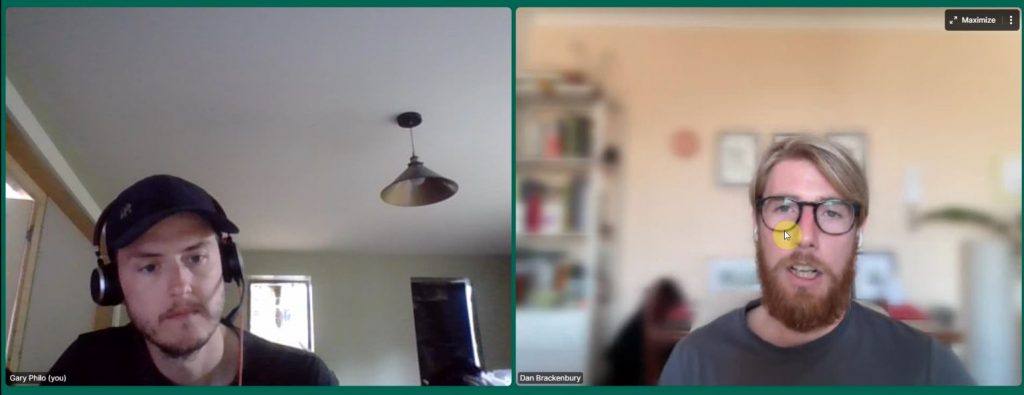
During this project, I have continually sought the advice of other professionals including course tutors, my fellow cohort, Lou Robson and Kim Balls (Principal Strategic Planner at Great Yarmouth Borough Council.) Their advice has been integrated within the project at various points.
Course References
Discover Los Angeles. 2021. STUDIO NUMBER ONE AND HOUSE INDUSTRIES COLLABORATE TO UNVEIL A FRESH LOOK FOR LA TOURISM. [online] Available at: <https://www.discoverlosangeles.com/studio-number-one-and-house-industries-collaborate-to-unveil-a-fresh-look-for-la-tourism> [Accessed 18 August 2022].
Milroy Maher, D., 2021. As the city reopens, Shepard Fairey and Andy Cruz collaborate on a new logo for Los Angeles Tourism. [online] Itsnicethat.com. Available at: <https://www.itsnicethat.com/news/shepard-fairey-andy-cruz-studio-number-one-house-industries-los-angeles-tourism-graphic-design-070721> [Accessed 18 August 2022].
Beer, J., 2021. Los Angeles has a vibrant new logo, inspired by everything from sunsets to car culture. [online] Fast Company. Available at: <https://www.fastcompany.com/90652166/los-angeles-has-a-vibrant-new-logo-inspired-by-everything-from-sunsets-to-car-culture> [Accessed 18 August 2022].
Over the Influence. 2022. Shepard Fairey Selected To Design Los Angeles’s New City Logo – Over the Influence. [online] Available at: <https://overtheinfluence.com/news/shepard-fairey-selected-to-design-los-angeles-new-city-logo/> [Accessed 18 August 2022].
Mcsaatchi.com. n.d. [online] Available at: <https://mcsaatchi.com/change/work/gogo-soho> [Accessed 18 August 2022].
Stafford Borough Council | Our Beautiful Borough | Eccleshall | Stafford | Stone High Streets. n.d. Stafford Borough Council | Our Beautiful Borough |. [online] Available at: <https://www.ourbeautifulborough.co.uk/> [Accessed 18 August 2022].
Wong, H., 2021. Graphic design is helping areas recover after a “lost year”. [online] www.designweek.co.uk. Available at: <https://www.designweek.co.uk/issues/5-11-july-2021/how-graphic-design-is-helping-areas-recover-after-a-lost-year/> [Accessed 18 August 2022].
Segd.org. n.d. Gallery One, Cleveland Museum of Art | SEGD. [online] Available at: <https://segd.org/content/gallery-one-cleveland-museum-art> [Accessed 18 August 2022].
Rodley, E., 2013. Review: Cleveland Museum of Art’s Gallery One – Part One. [online] Thinking about Museums. Available at: <https://thinkingaboutmuseums.com/2013/09/23/review-cleveland-museum-of-arts-gallery-one-part-one/> [Accessed 18 August 2022].
Cleveland Museum of Art. 2012. ARTLENS Gallery First Iteration: Gallery One. [online] Available at: <https://www.clevelandart.org/artlens-gallery/first-iteration> [Accessed 18 August 2022].
Calvium.com. n.d. Hidden Cities – Calvium. [online] Available at: <https://calvium.com/projects/hidden-cities/> [Accessed 18 August 2022].
We Are Immersive. n.d. AR app for Sainsbury Centre for Visual Arts. [online] Available at: <https://weareimmersive.co.uk/our-work/sainsbury-centre-for-visual-arts> [Accessed 18 August 2022].
CRAIG WINSLOW. n.d. CRAIG WINSLOW › LIGHT CAPSULES. [online] Available at: <https://craigwinslow.com/work/lightcapsules/> [Accessed 18 August 2022].
Morton, J., 2021. A Project Liberty Experience | Jack Morton. [online] Global Brand Experience Agency | Jack Morton. Available at: <https://www.jackmorton.com/work-2/a-project-liberty-experience/> [Accessed 18 August 2022].
The Drum. n.d. Project Liberty Experience Exploring Personal Data Ownership. [online] Available at: <https://www.thedrum.com/profile/jack-mortonww/case-studies/project-liberty-experience-exploring-personal-data-ownership> [Accessed 18 August 2022].
Youtube.com. 2022. How much pollution is in the #AirWeShare? | Hubbub Campaigns. [online] Available at: <https://www.youtube.com/watch?v=KKGLP9Aqg38&t=1s> [Accessed 18 August 2022].
townsfund.org.uk. n.d. Our Town Stories — townsfund.org.uk. [online] Available at: <https://townsfund.org.uk/our-town-stories> [Accessed 18 August 2022].
townsfund.org.uk. n.d. Introducing ‘Our Town Stories’: A TFDP storytelling initiative — townsfund.org.uk. [online] Available at: <https://townsfund.org.uk/blog-collection/introducing-our-town-stories> [Accessed 18 August 2022].
Stobartsign.com. n.d. Shining a Light on Winnipeg’s Past. [online] Available at: <http://www.stobartsign.com/> [Accessed 18 August 2022].
De Bono Group. n.d. Six Thinking Hats. [online] Available at: <https://www.debonogroup.com/services/core-programs/six-thinking-hats/> [Accessed 18 August 2022].
Designsprintkit.withgoogle.com. n.d. Share and engage with the Design Sprint Community. [online] Available at: <https://designsprintkit.withgoogle.com/methodology/phase3-sketch/crazy-8s-sharing-and-voting> [Accessed 18 August 2022].
Barber, M., 2013. Great Yarmouth suspension bridge disaster memorial unveiled. [online] BBC News. Available at: <https://www.bbc.co.uk/news/uk-england-norfolk-24240357> [Accessed 18 August 2022].

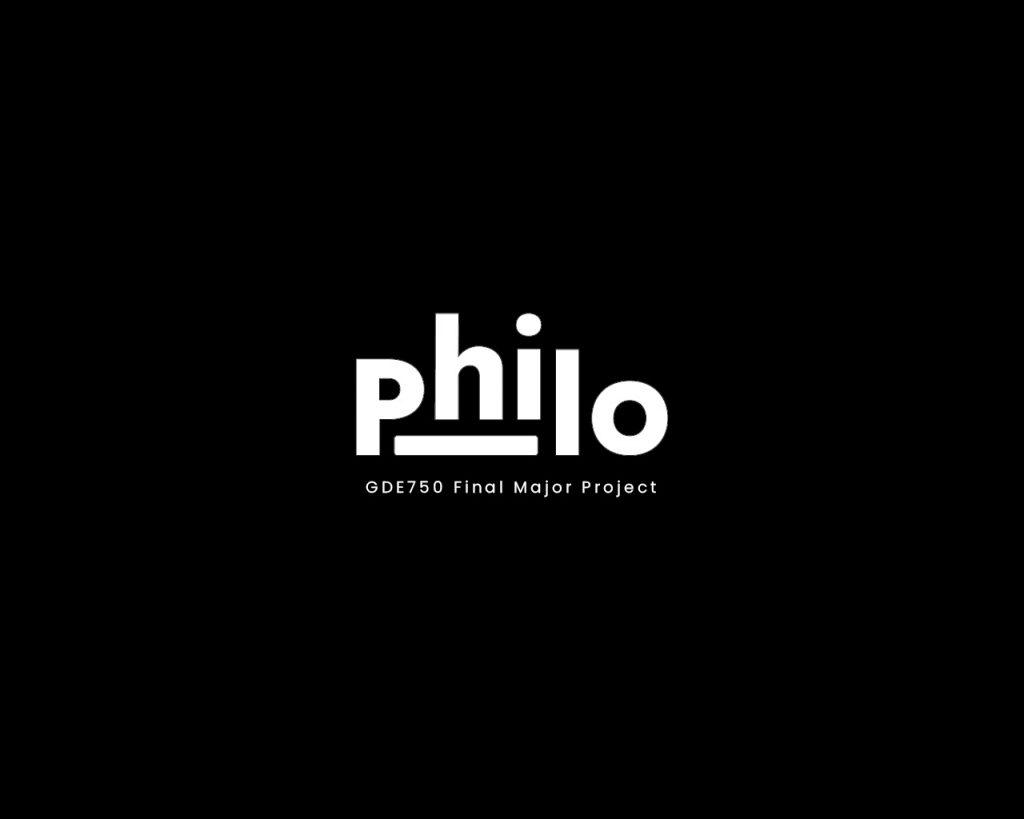
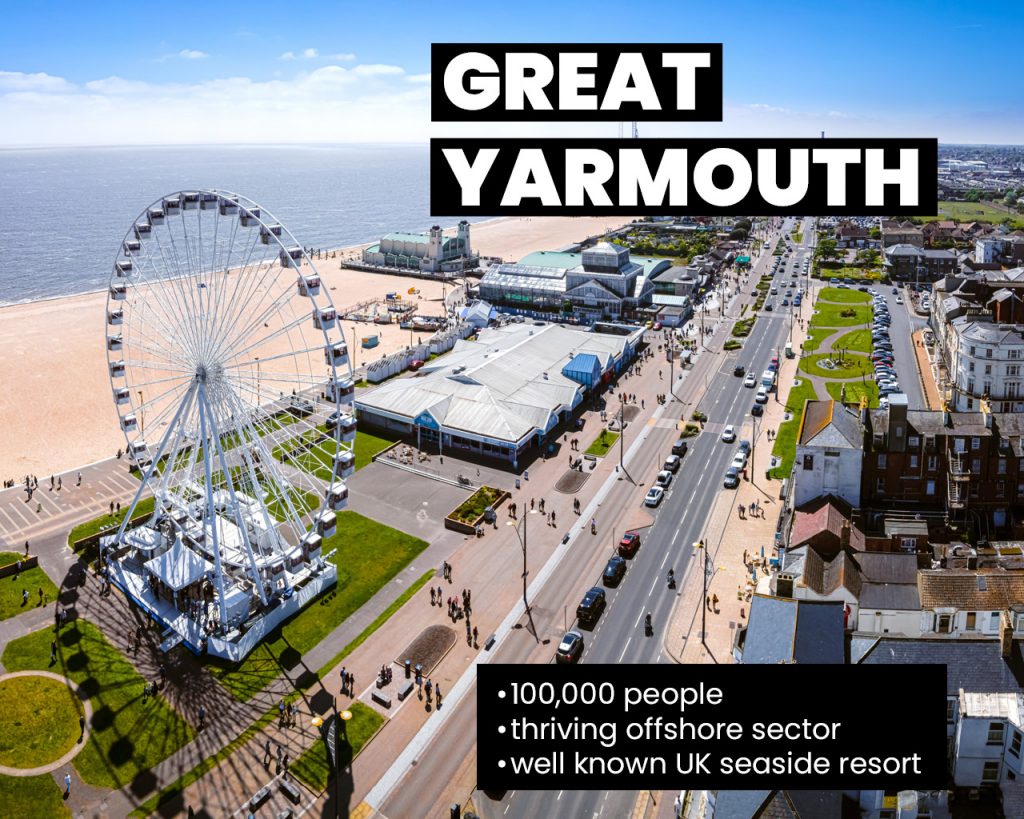

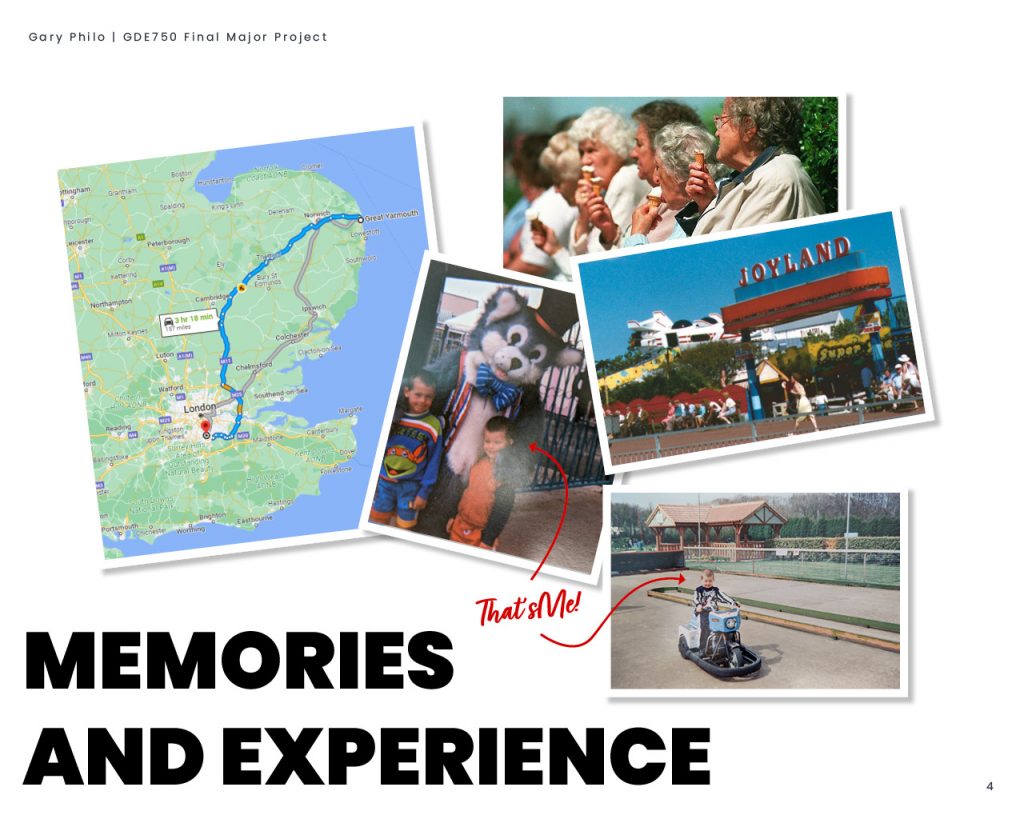

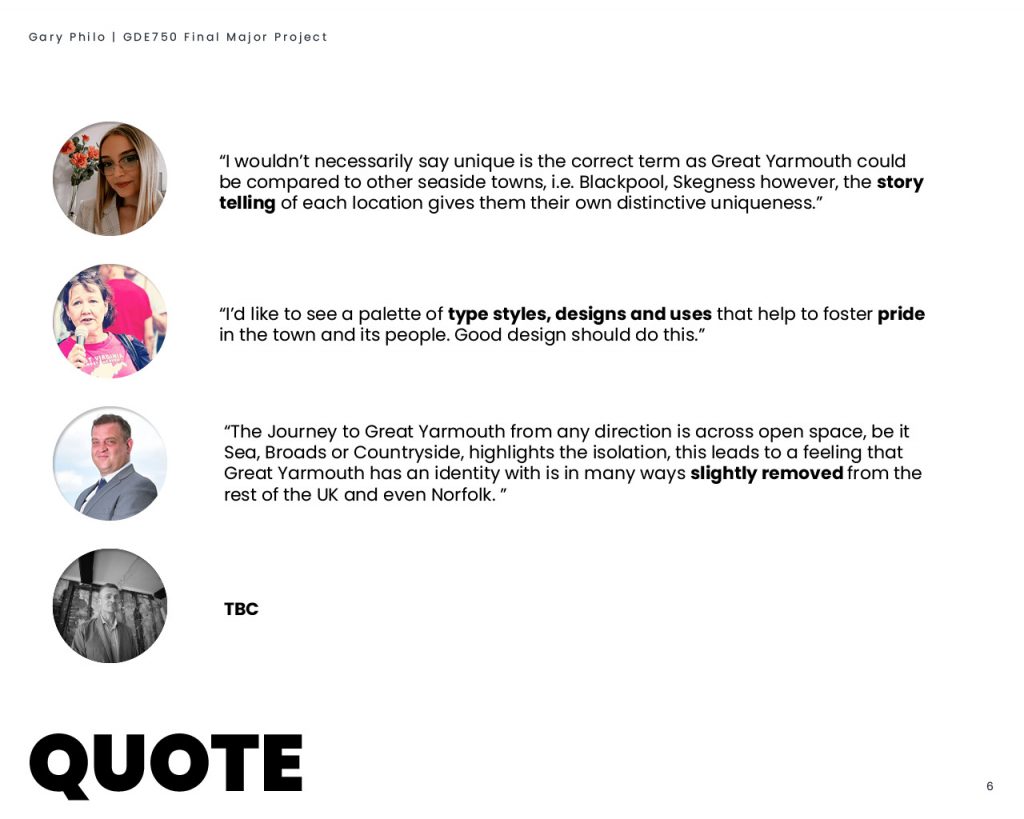
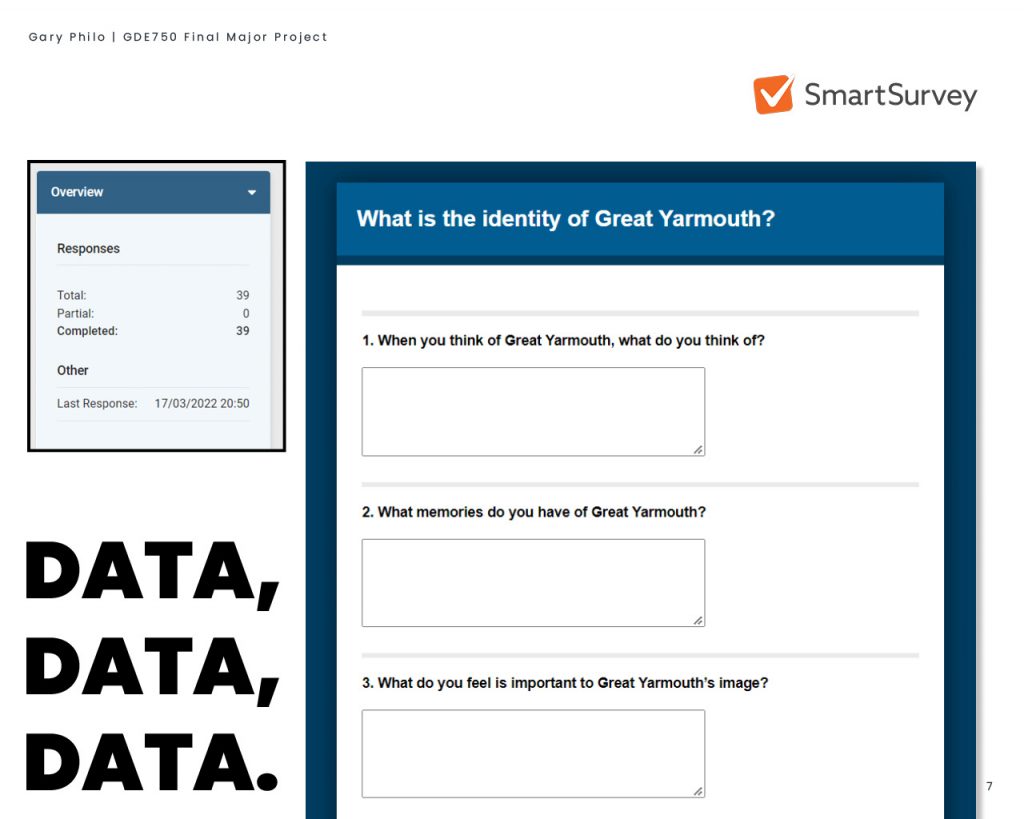
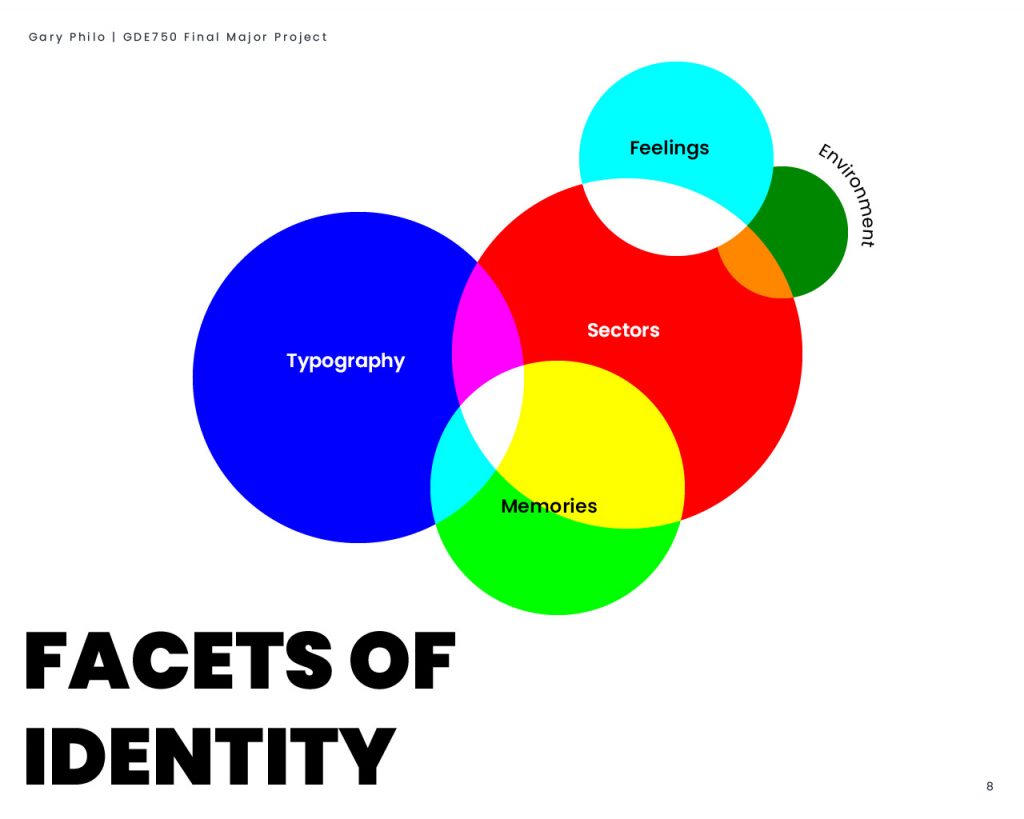

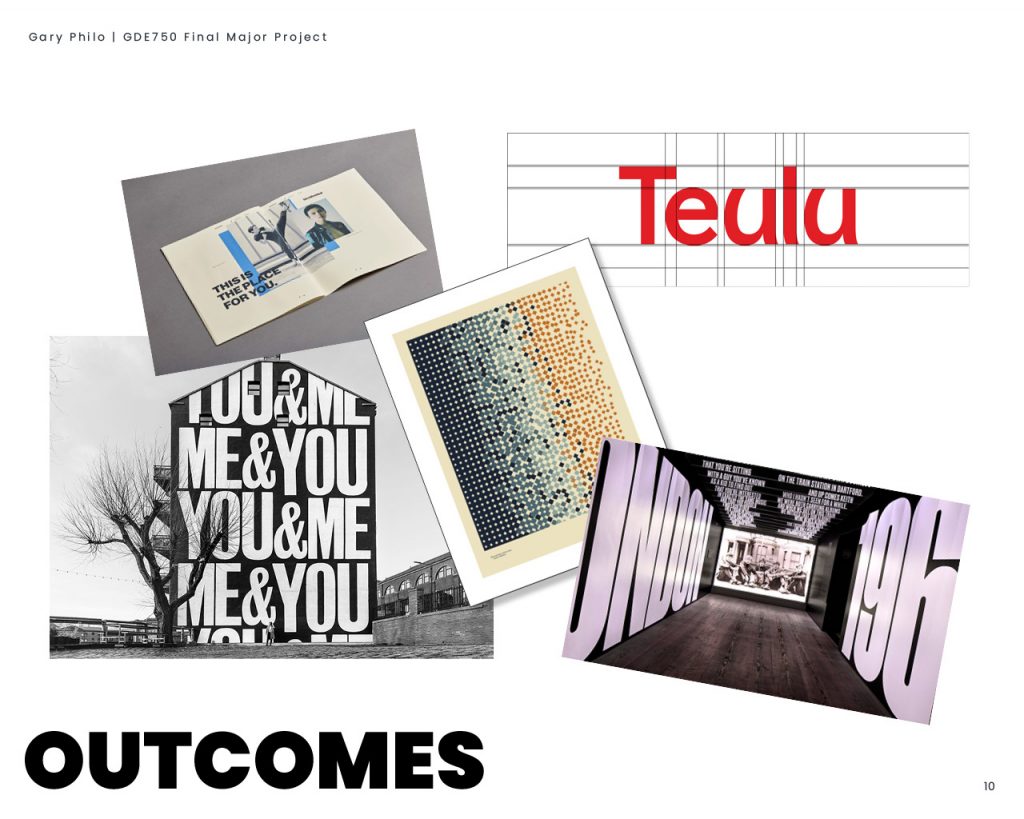

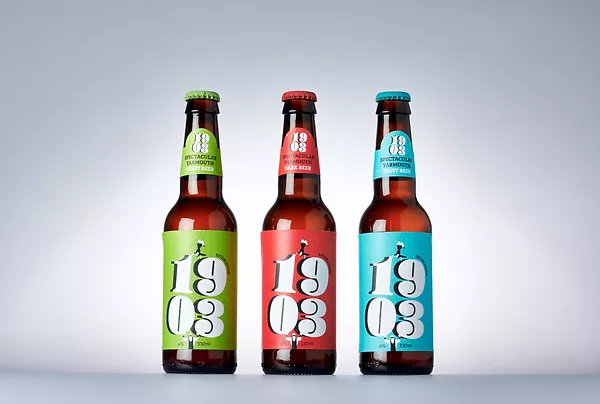
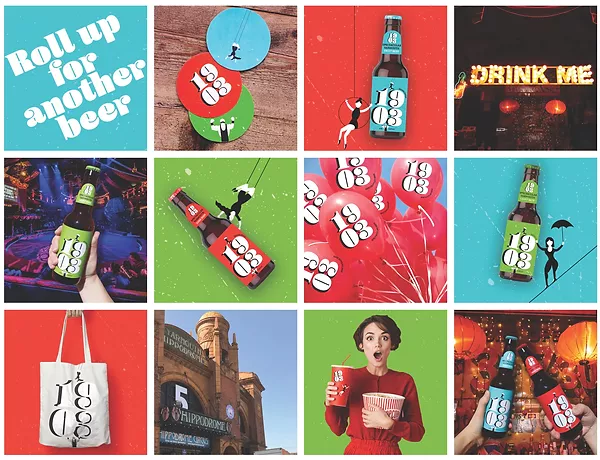
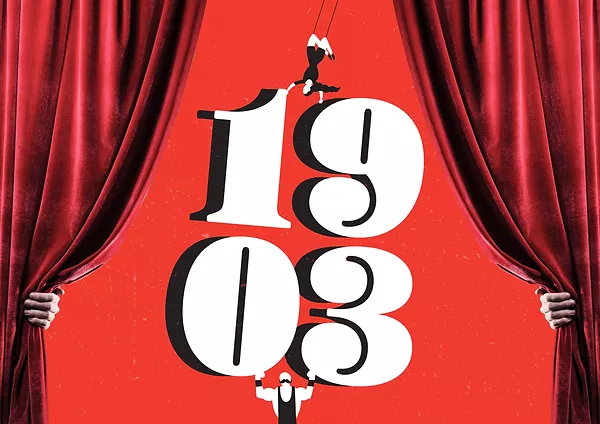

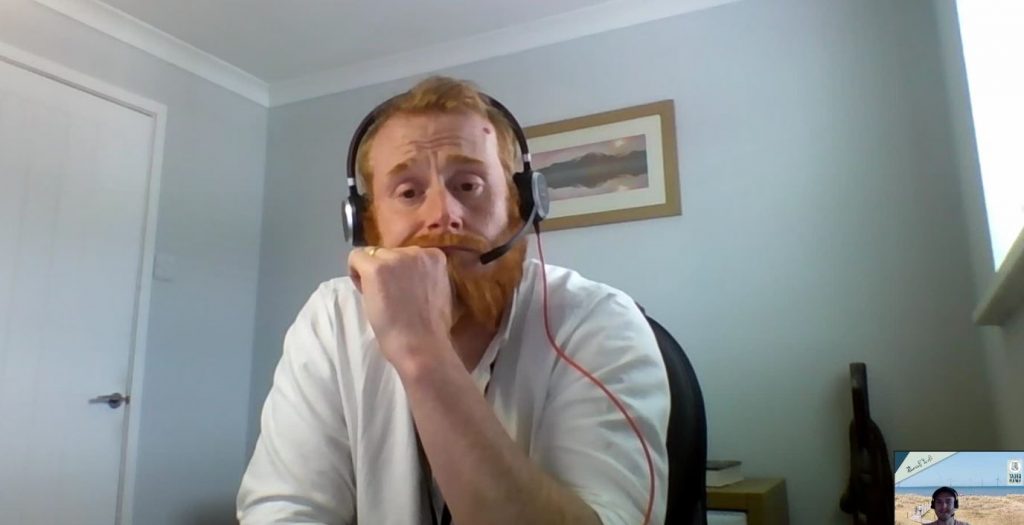
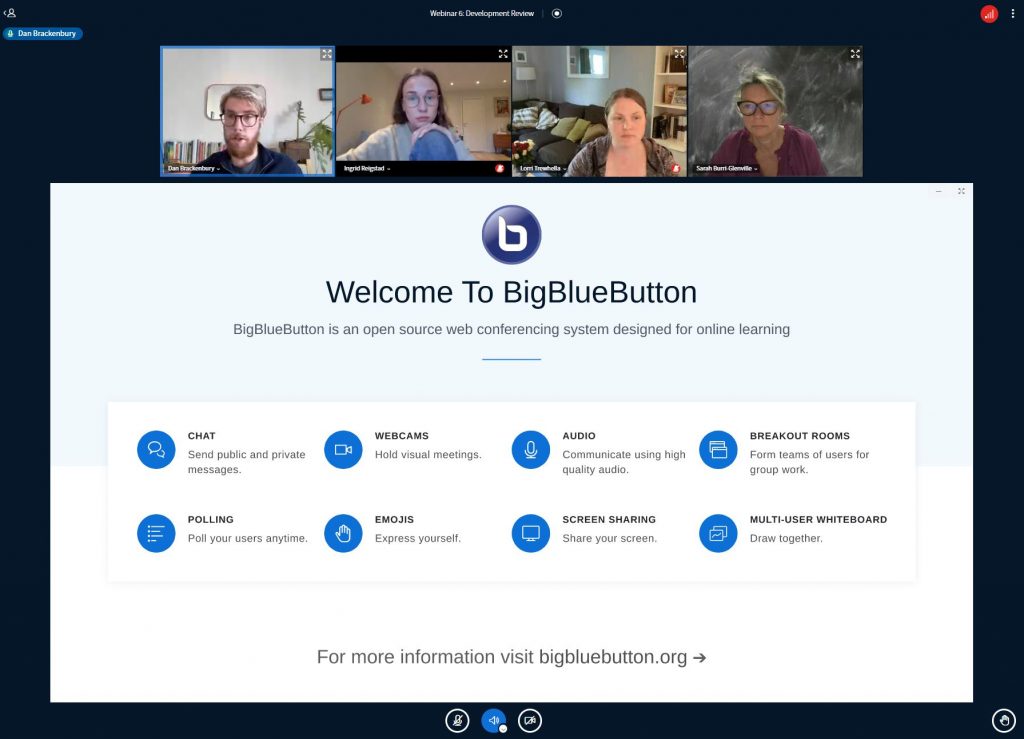
Leave a Reply